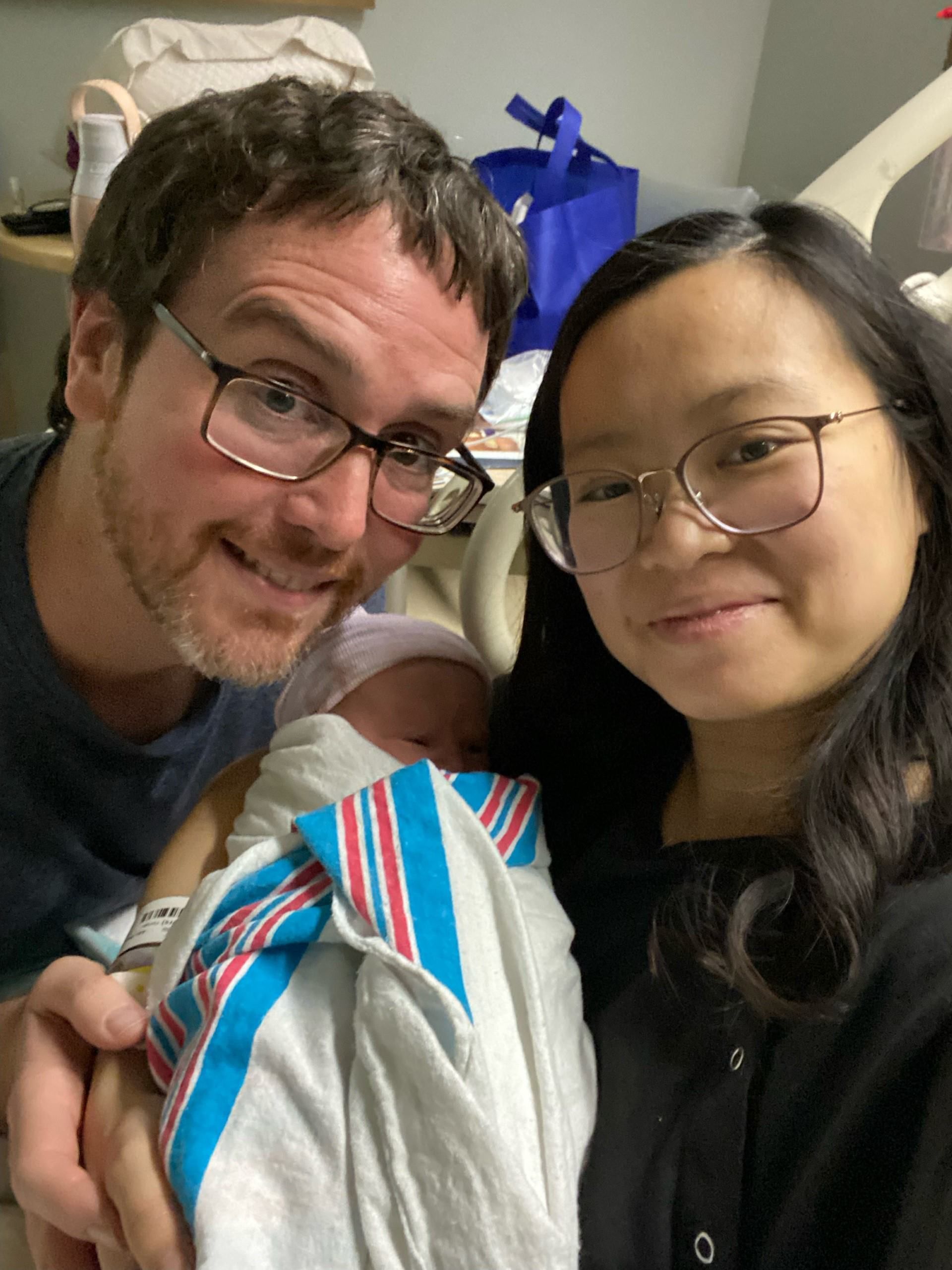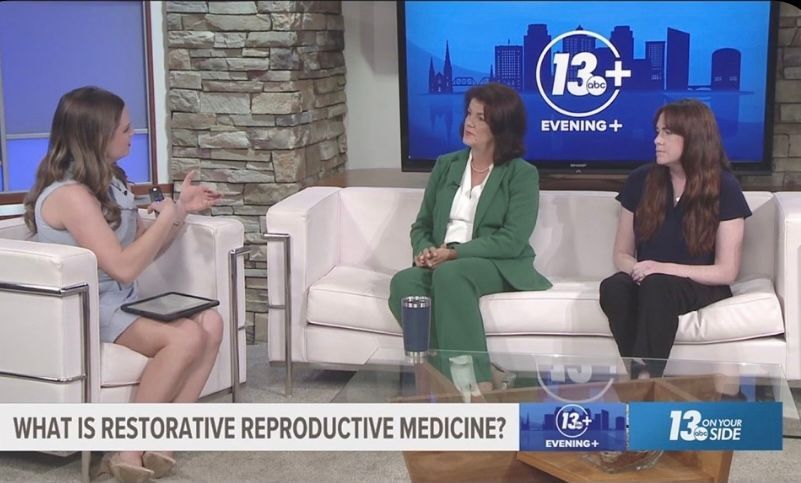Here Are A Few Budget-friendly Ways To Support The New Mama In Your Life:
This past week, I had the privilege of training with some of the top fertility docs in the area, learning a new fertility awareness method from a pair of global experts from Germany. A lot of smart people, way smarter than me, but more importantly, they were all dedicated to more natural approaches to women’s reproductive health.
One report that stood out during the training was the story of a woman becoming pregnant and delivering a healthy baby at age 59. Isn’t the female body amazing? But hmmm, 59….good for her, but not an ideal age for motherhood, right?
Thus we begin our discussion of fertility awareness during the later years…
If you dread menopause, you’re not alone. Global pharmaceutical market analysis shows that peri- and post-menopausal women’s health continues to be a growing piece of the pie, with close to half (46%) of all women aged 45 to 60 being concerned with the effects of menopause on their health. Rightly so as declining estrogen may promote the development of heart disease and osteoporosis.
Arriving at menopause, defined as being without menstruation for a full 12 months, can take a long time and the peri-menopausal stage can make it feel even longer with unpredictable bleeding, hot flashes, mood changes and changes in libido.
How can the self-aware woman - who is into understanding her body, charting, and using as few drugs as possible - manage this inevitable life stage
Charting your biomarkers of fertility is critical during peri-menopause when you may go a few months without a period, or bleed every 3 weeks. As with the start of your cycles in your pre-teen or teenage years, ovulation is not occurring regularly but it’s important to know if and when you are ovulating. Most women who are peri-menopausal feel their family is complete and do not wish to conceive. However, at least according to my German teachers, libido does not decline but stays at a steady high from age 35 onwards.
The peri-menopausal woman is very busy with career, family, travel and household duties. She may also have developed chronic health problems like high blood pressure, poor blood sugar control, or even arthritis over the years. Aging gracefully is a key concern for her, when she’s not taking care of her own aging parents or making sure Johnny has clean laundry before he goes back to college.
Cycle charting is versatile and can be fit into this busy lifestyle using a phone app or a paper chart kept in the bedside drawer. Done once a day, charting is a few minutes of time to yourself and for yourself so that you can be aware of your times of fertility while gaining insight into the hormonal fluctuations that may be wreaking havoc on your relationships. It’s smart “me-time”.
How smart? Well, it’s definitely smarter than taking the Pill, which could mask and forestall the natural progression of menopause. Taking exogenous hormones at this stage of the game may also increase risk of breast cancer (did anyone in your family have breast cancer?) in addition to the aforementioned elevated heart risk.
Charting helps you understand your body and can help you gracefully pass through “the change” without increasing the chances of conception. By virtue of it not being the Pill, it may also may also improve your sex life by eliminating the risk of increased vaginal dryness.
What Might The Peri-menopausal Woman Learn From Her Chart?
- Absence or presence of ovulation based on cervical fluid pattern or temperature shift (Keep in mind that ovulation is a sign of health and youth.)
- Return of fertility based on presence of sperm-loving cervical fluid (marker of estrogen levels)
- Length of post-ovulatory phase, or so called luteal phase (marker of progesterone levels)
- Any “patterns” in irregular bleeding (You won’t know unless you chart!)
- Any correlation of hot flashes with time in her cycle (i.e. Are they more frequent when estrogen is supposed to be rising?
If you are noting a correlation between phase of cycle and hot flashes, mental fogginess, mood swings, lethargy, low sex drive and other annoying symptoms of a natural process, here are some effective natural management tips that are recommended by both allopathic physicians as well as holistic practitioners because they have been shown to actually work.
Things To Decrease
- Xenoestrogens – These are industrial compounds that bind to the same receptors as human estrogens, but disrupt natural reproductive functioning by acting as false messengers. They are also known to increase breast cancer growth. Xenoestrogens are found in: 4-MBC sunscreen lotions, BHA food preservative, FD&C Red No. 3, parabens in lotions and shampoos, along with the birth control pill.
- Caffeine, alcohol, refined sugar and refined grains, spicy or greasy foods – all of these promote inflammation (you don’t need more heat!) and can increase stress, which is a trigger for hot flashes.
- Red meat – Stick to 2-4 ounces of grass fed, hormone-free beef or bison every week.











